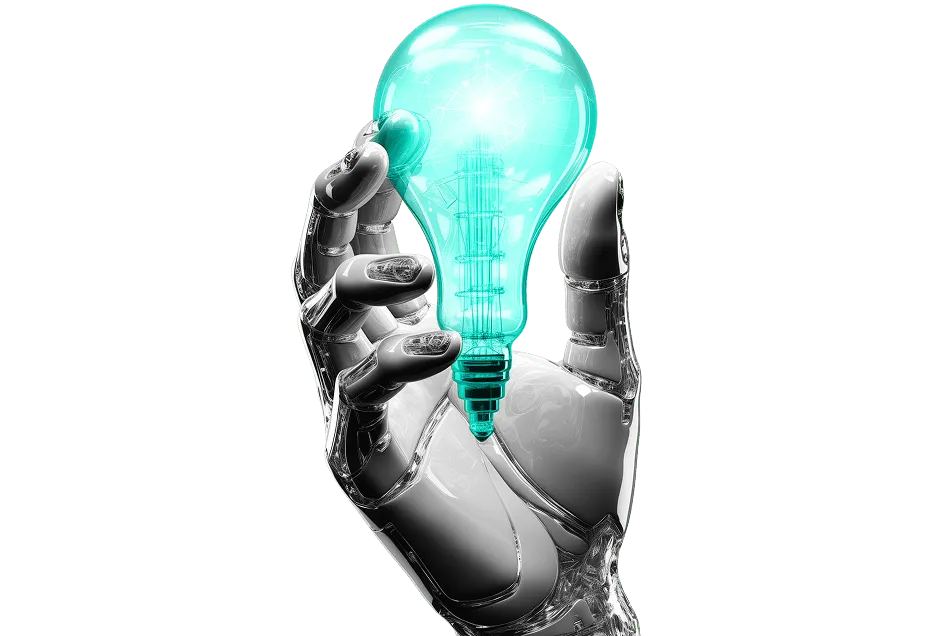Building a Transformative Talent Model for HR in 2025
Beginning in 2025, We have been talking to several customers to understand their priorities. From what we could gather, many HR leaders are focused on several transformational talent journeys. In this email, we want to collect all the focus areas and provide a framework.
Summary of Key Focus Areas
- Organizational Design: Transitioning from a standard operating model to a functional operating model for improved efficiency, collaboration, and optimization.
- Strategic Workforce Planning: Effectively apply data-driven forecasting to meet talent demand in the AI era.
- AI Capabilities: Establishing an AI Center of Excellence and/or upskilling technical talent to future-proof the workforce.
- Elevating Talent Strategies: Raising the standards on talent acquisition, leadership development, and differentiating compensation for critical technical roles.
The key action items around these focus areas are as follows.
- Accelerate Job Architecture and define Talent Personas to create clear role expectations and career paths. (What kind of talent do we need, and what should they do?)
- Apply Strategic Workforce Planning to forecast talent demands accurately.
- Enhancing hiring standards and leadership development
- Implement a Strategic Talent Acquisition Strategy that efficiently fills leadership and critical technical roles. (Insource all or majority of the Modern capabilities required to grow the Enterprise)
- Upskill and Reskill Technical Talent to build AI and emerging capabilities.
- Design a Compensation Structure to attract, retain, and motivate critical technical talent.
- Job architecture should be designed around a cluster of related roles rather than approached on a role-by-role or job family-by-job family basis.
Please take a look at the following example. We have shown the skills progression of modern skill clusters as they move from left to right. (Application Engineer to AI Engineer). The advantage of viewing it this way is that it provides a skill continuum perspective, allowing us to see how skills evolve and overlap across different roles. This approach helps identify common capabilities, emerging skill gaps, and opportunities for cross-functional development, making talent management more dynamic and adaptable to future needs.

Summary: HR has kicked off 2025 with strong momentum, focusing on establishing a transformative talent model.










.svg)




















.svg)





.svg)
